
NATUREWATCH contributor Peter Berry has been busy with his camera taking photographs of toads. Here he has written a little about their habitat.
Peter said he counted at least 70 at a pond in Loughborough.
“They had spawned – and it was the first time I had seen toad spawn up close. Very different to frog spawn, which is in clumps. Toad eggs are laid in long strings.”
The common toad is a widespread amphibian found throughout Britain. It’s generally brown or olive brown in colour – young specimens are often brick coloured. The skin is warty and often appears dry. Glands in the skin contain powerful toxins and predators quickly learn not to attempt to eat toads.
The common toad can be found in almost any habitat and is common in gardens. It prefers larger water bodies in which to breed, and because toxins are also present in the skin of the tadpoles, they are able to breed in ponds and lakes containing fish, which learn to avoid the distasteful tadpoles.

The toads congregate at breeding ponds in early April but for the rest of the year will wander well away from water as they are far more tolerant of dry conditions than the frogs.
Common Toads feed on any moving prey small enough for them to swallow, and they are most active at night.
Toadlets emerge in August usually after a heavy rain and in huge numbers. At this stage of their lives they are extremely small and speckled with gold, and toads can live up to 50 years.






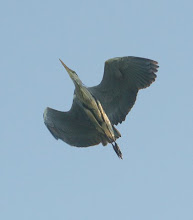

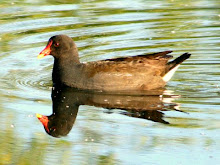

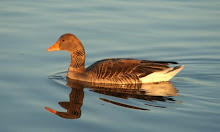







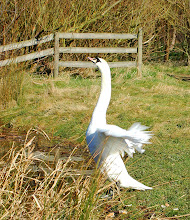
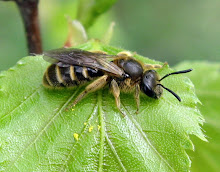
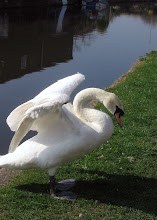

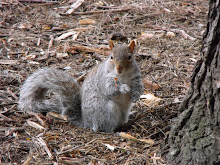
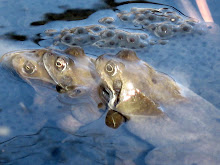
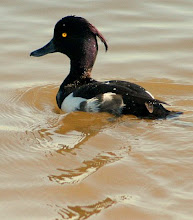

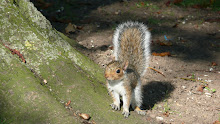
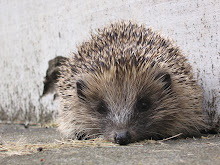
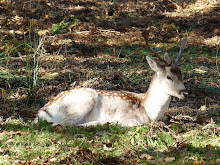
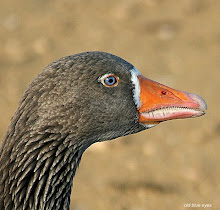



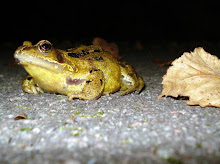
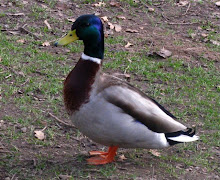
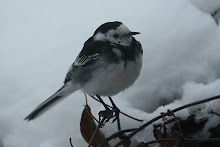
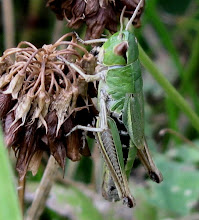
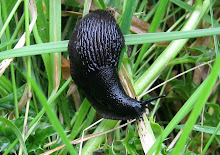
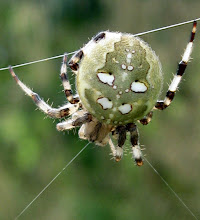
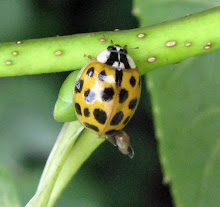


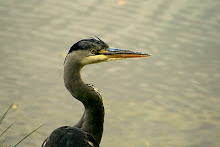
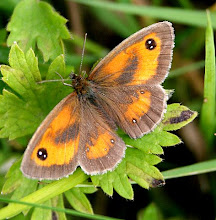

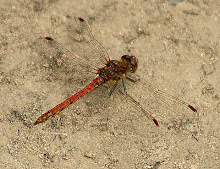






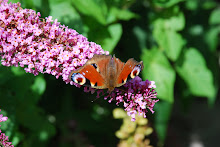


No comments:
Post a Comment